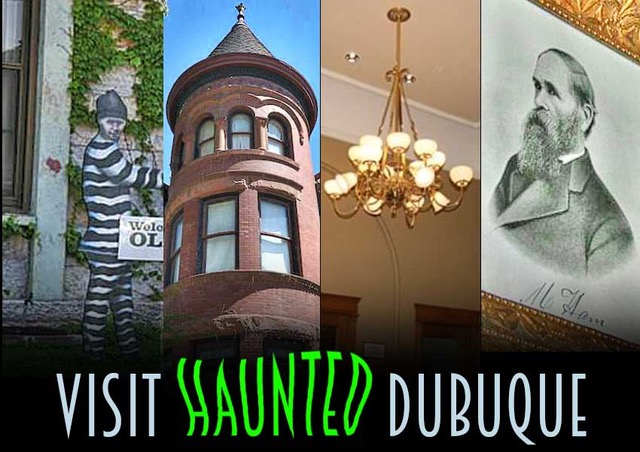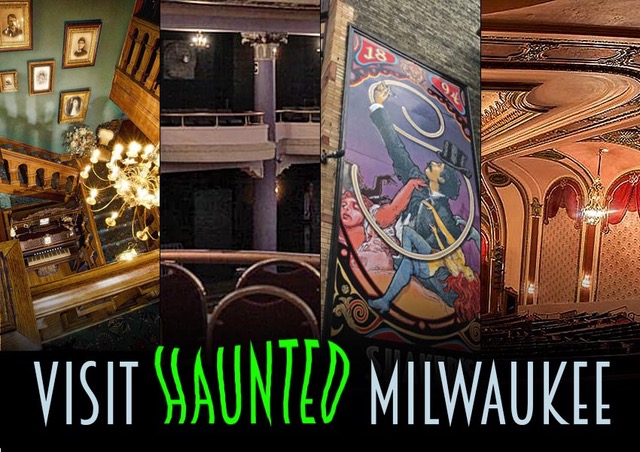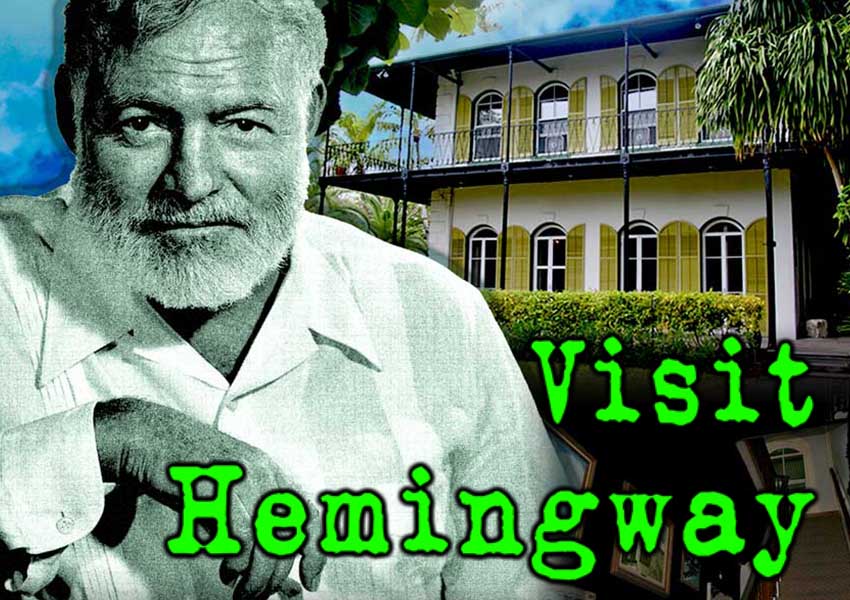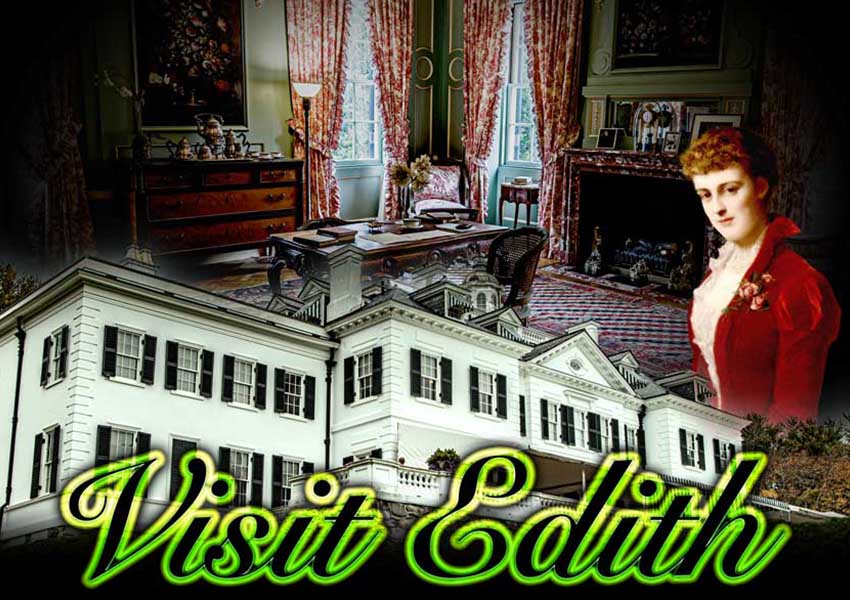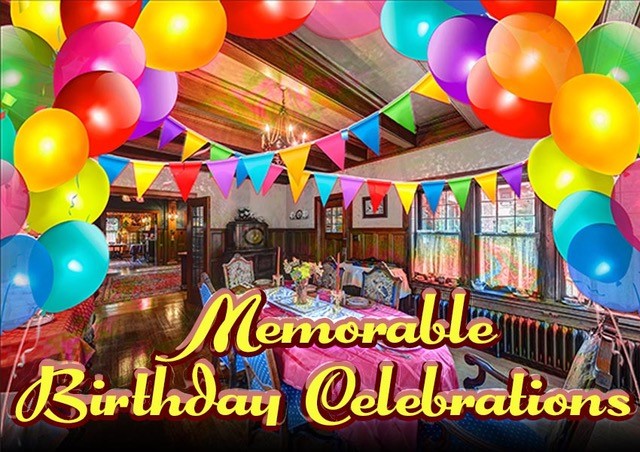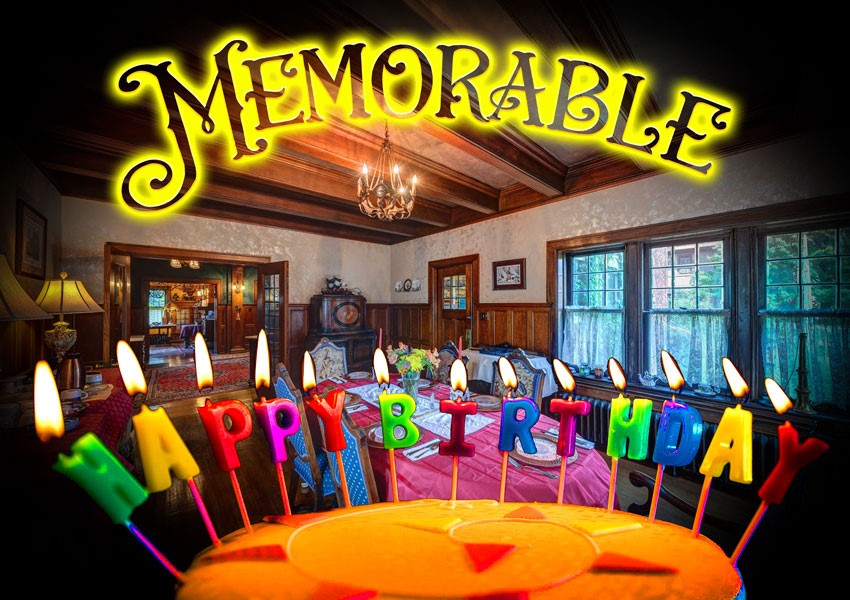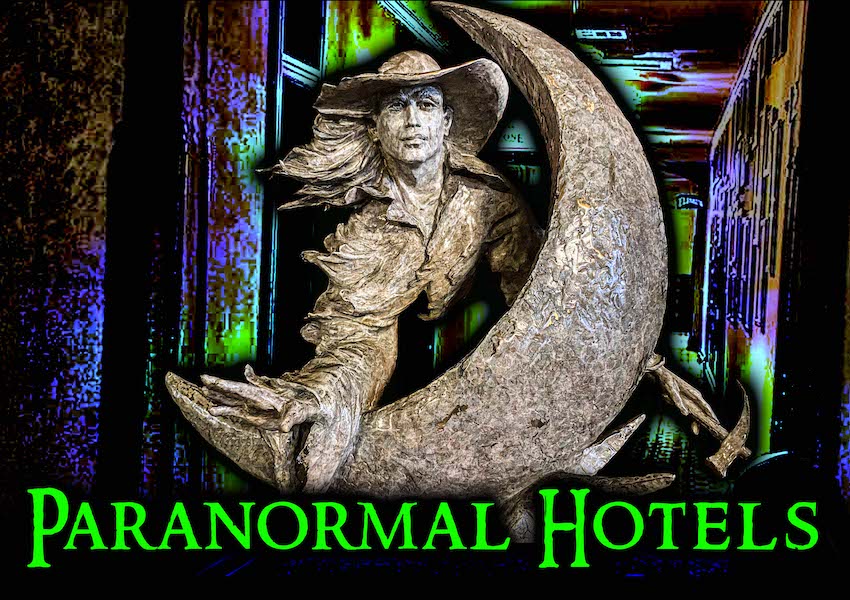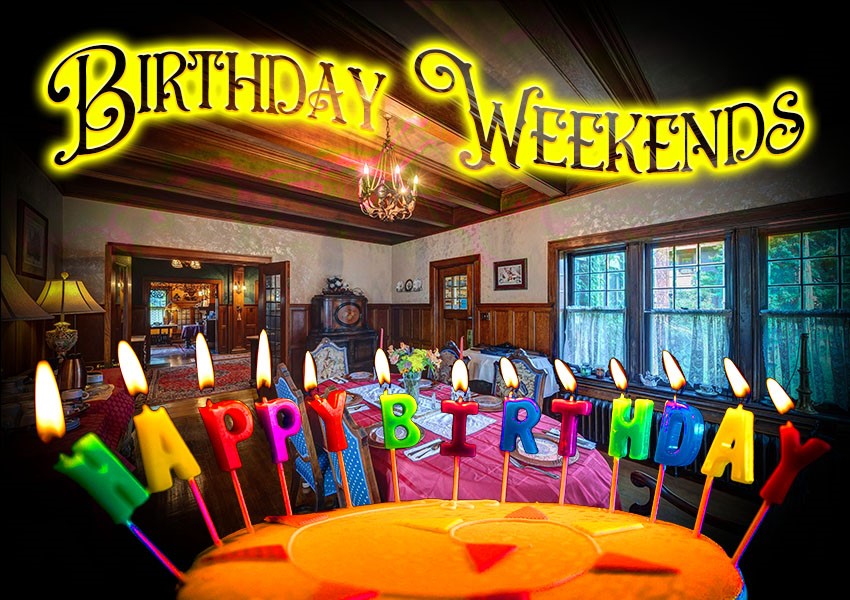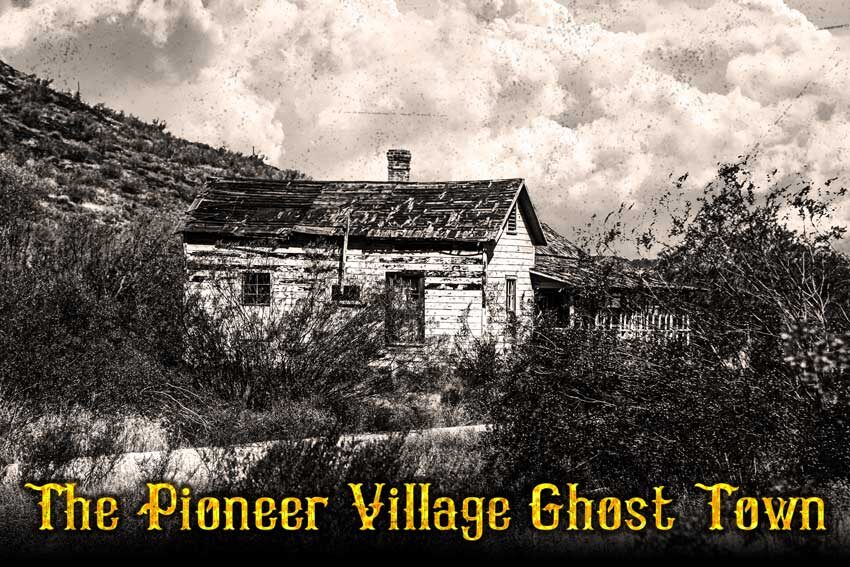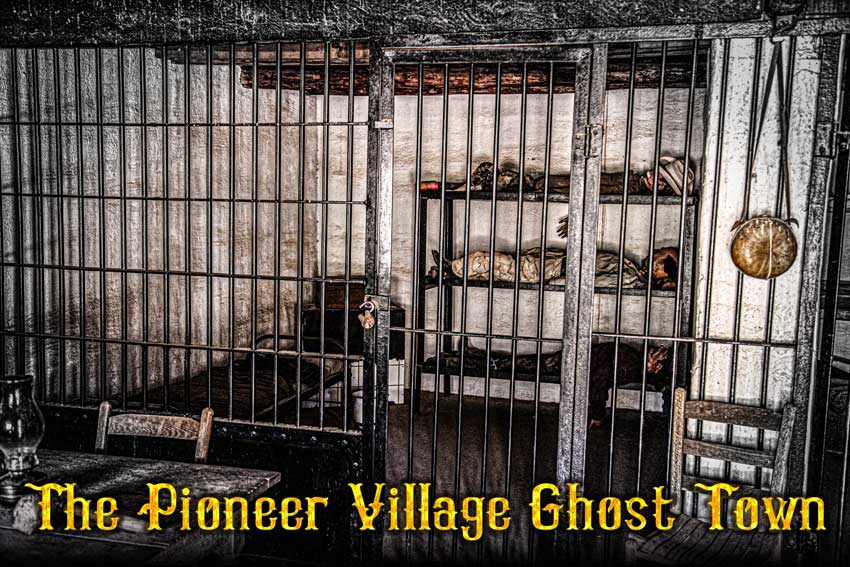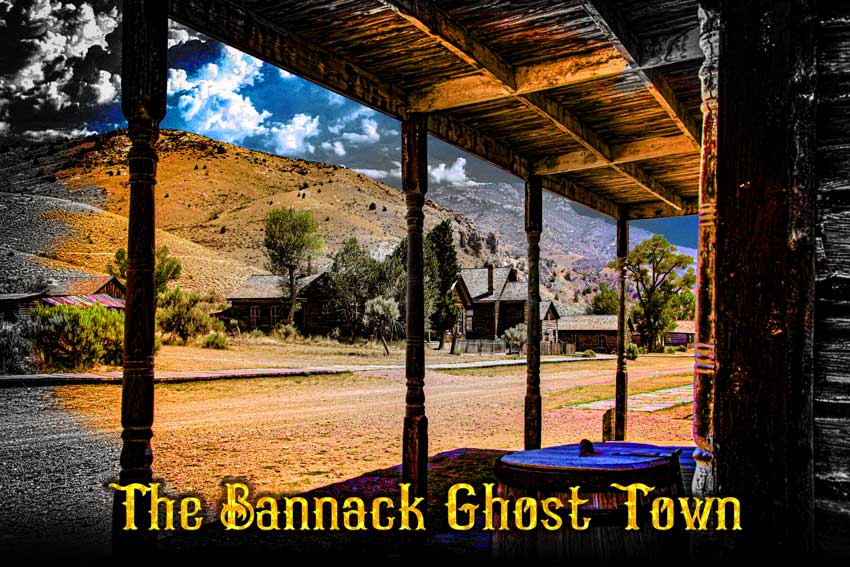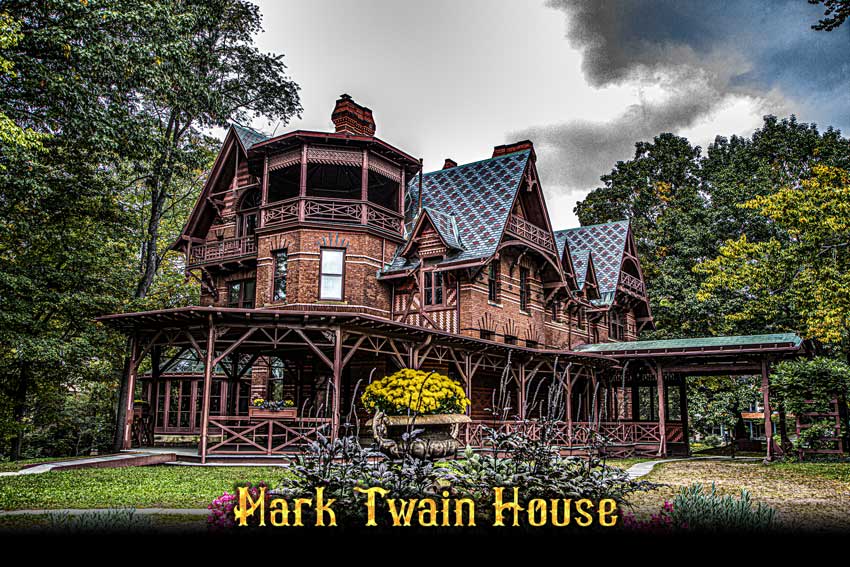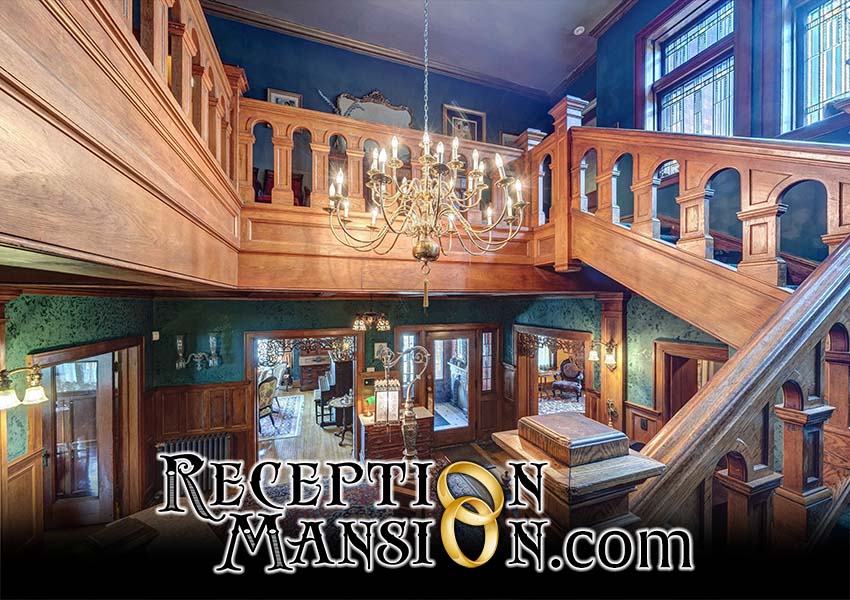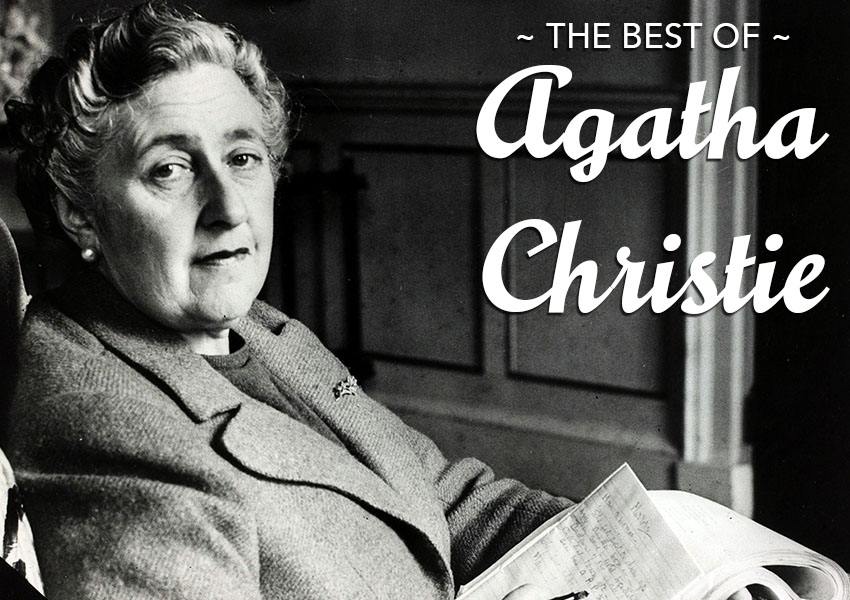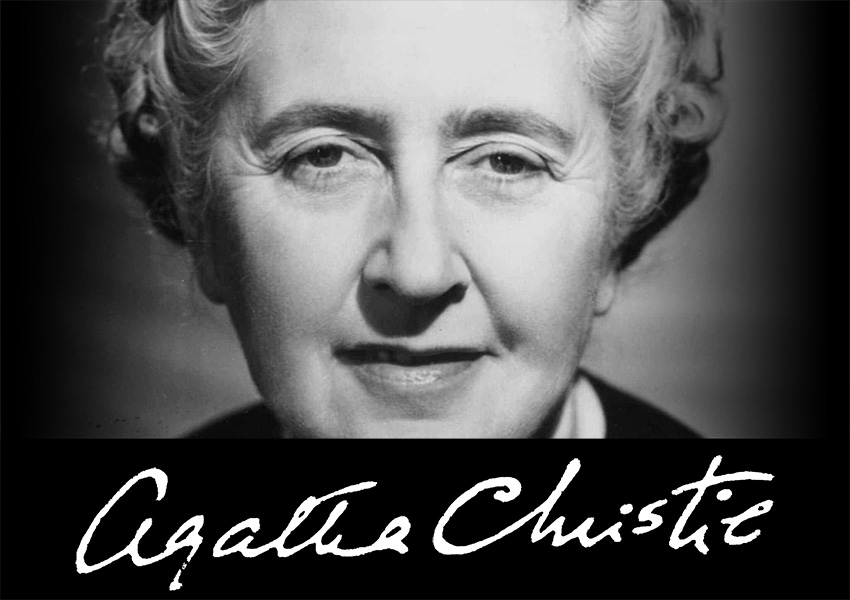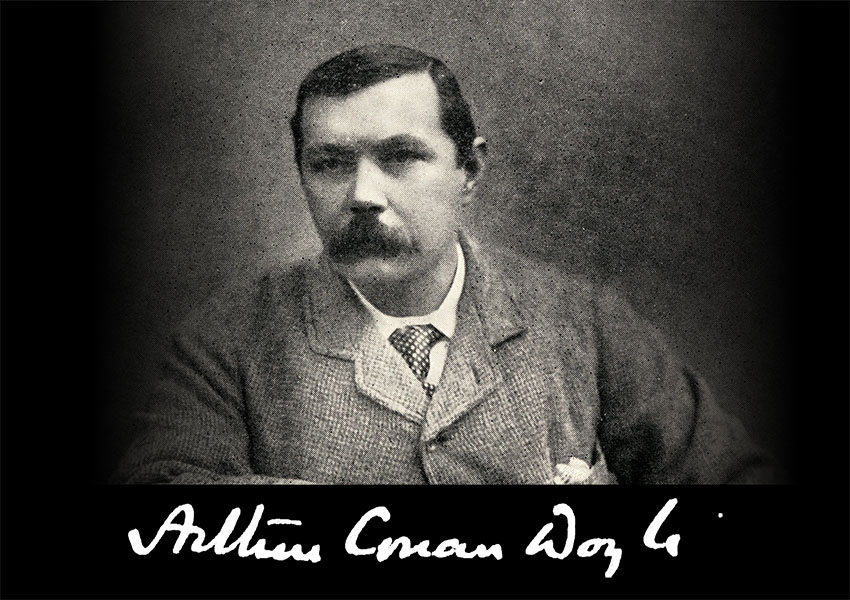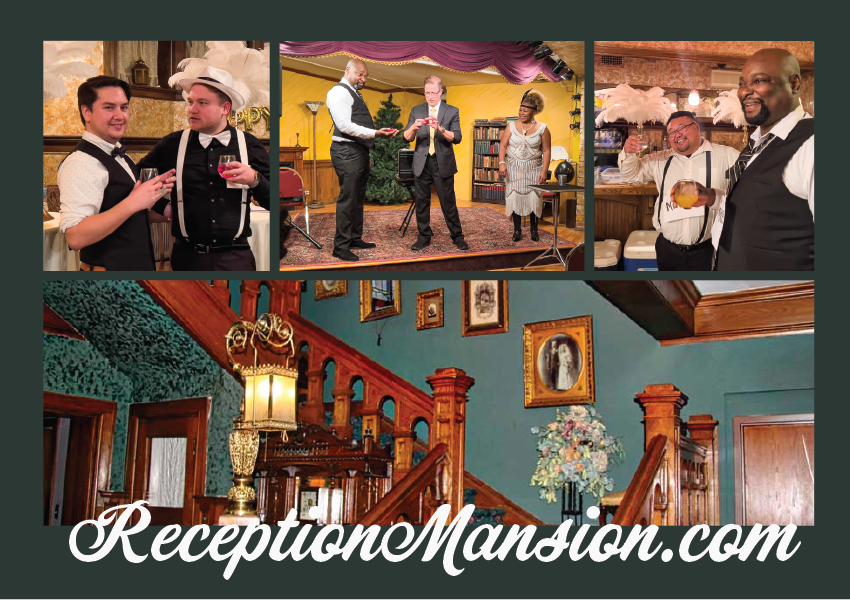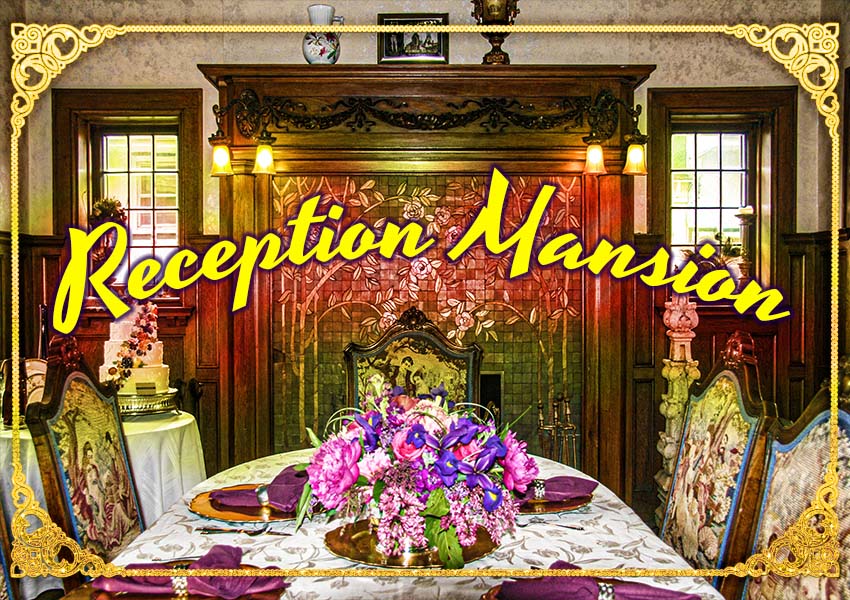Hastings Minnesota
LeDuc Mansion
Dabbling in spiritualism while alive, made it easier for us to reside there
in our afterlives.
We want to spend our afterlives together in our forever home.
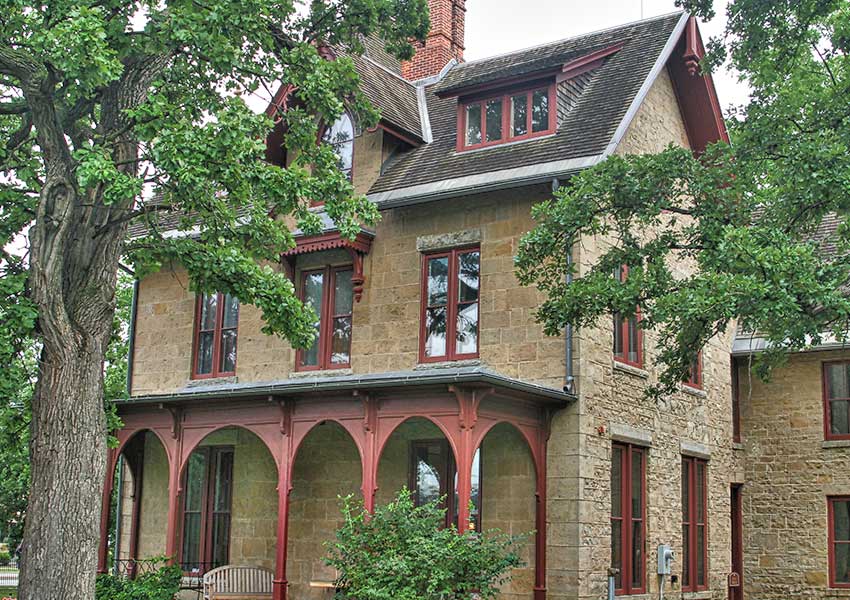
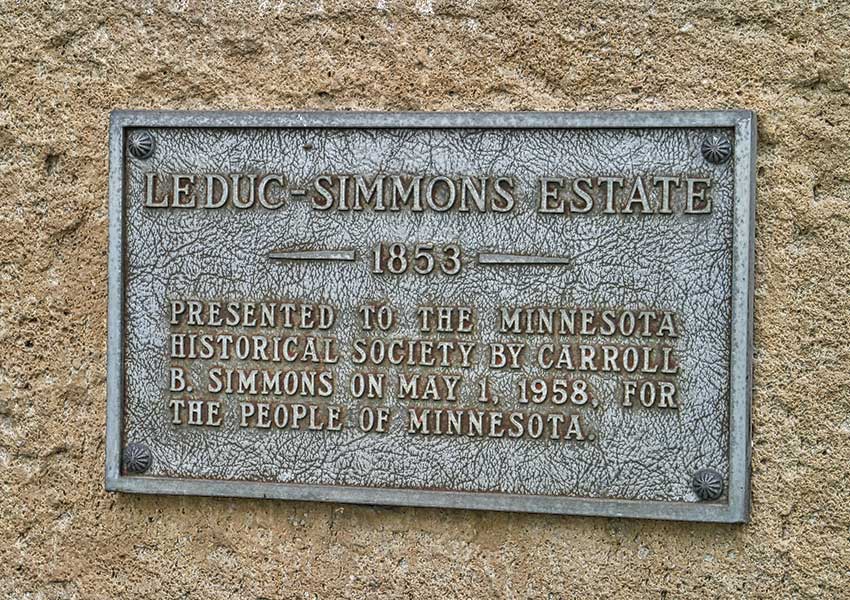

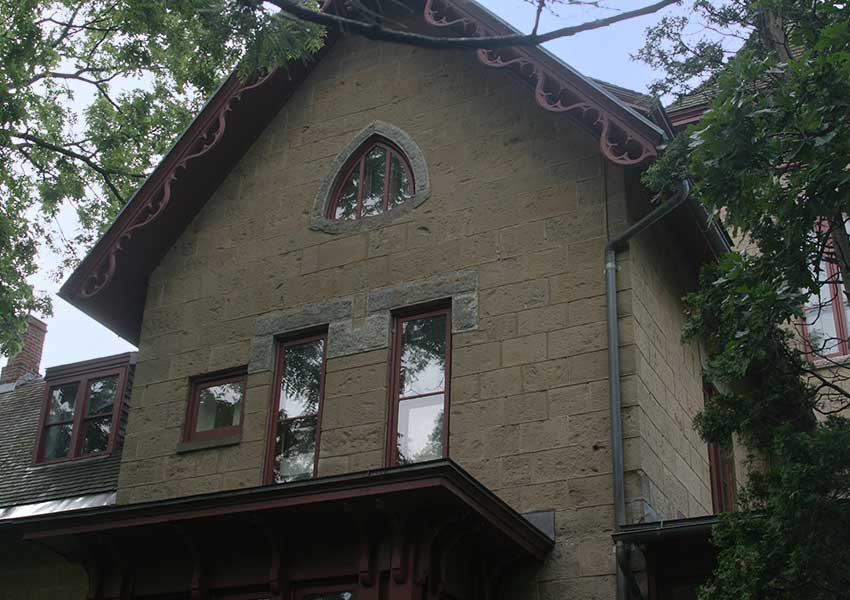
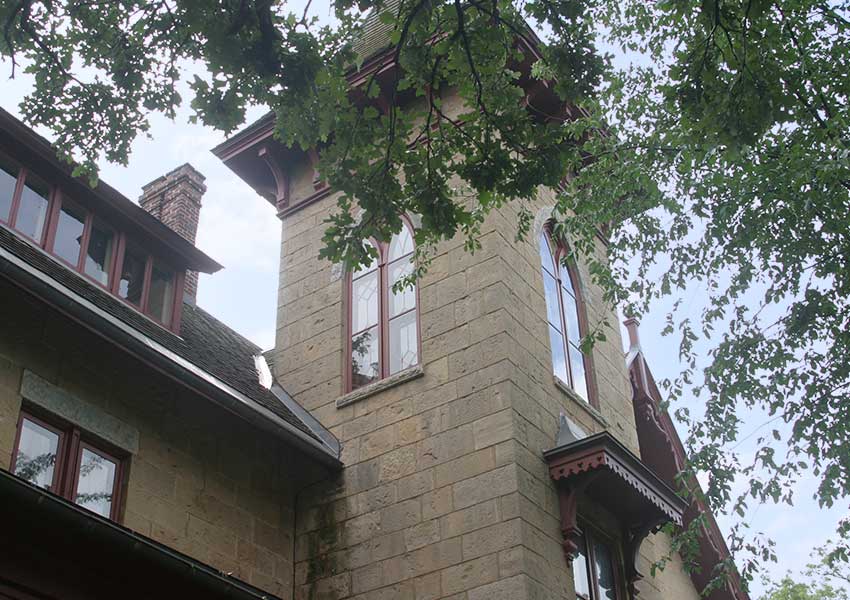
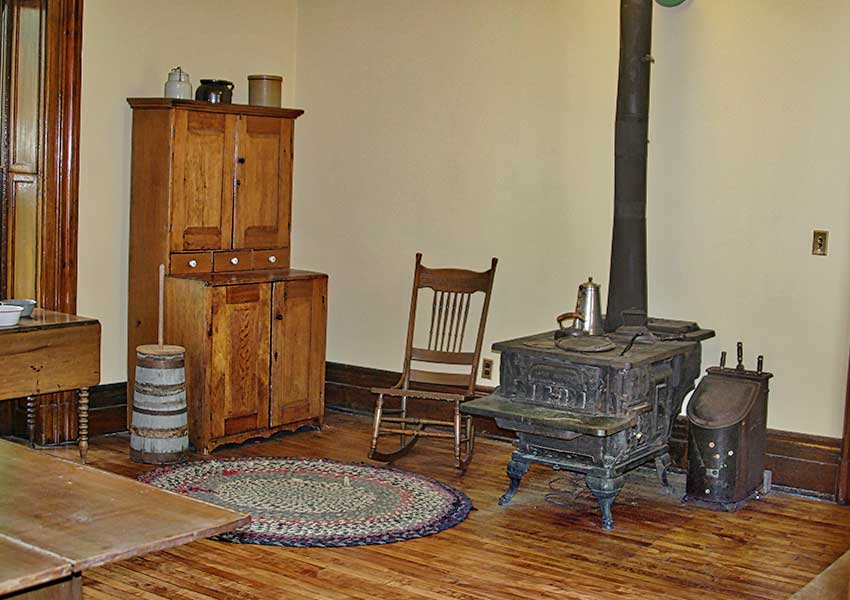
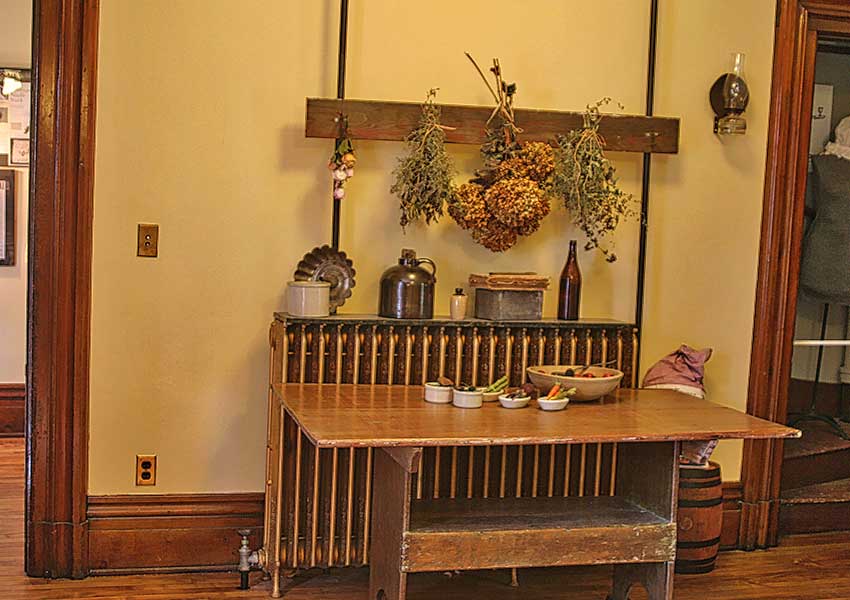
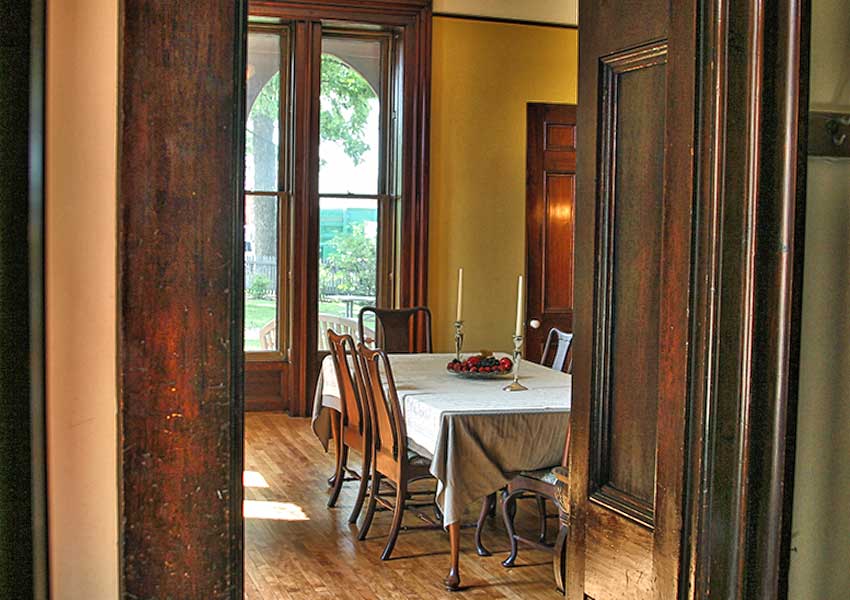
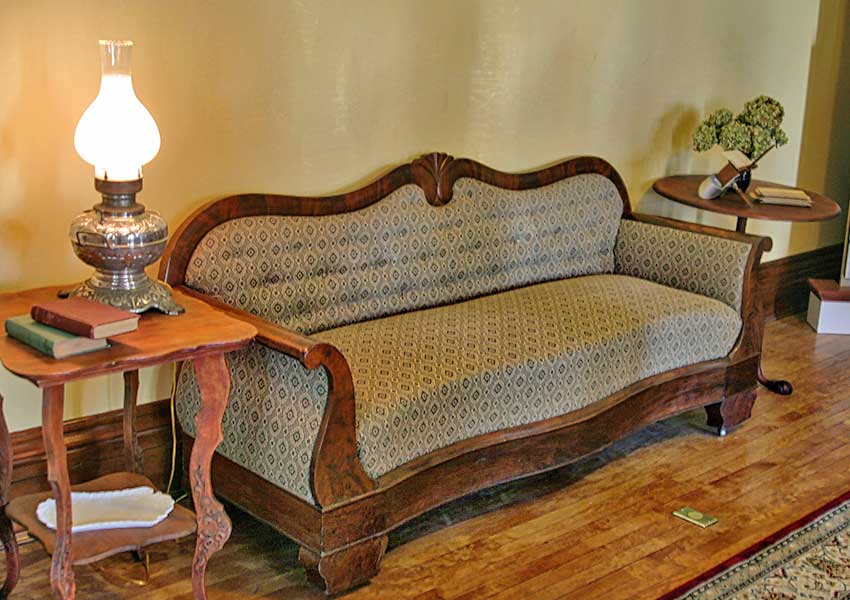
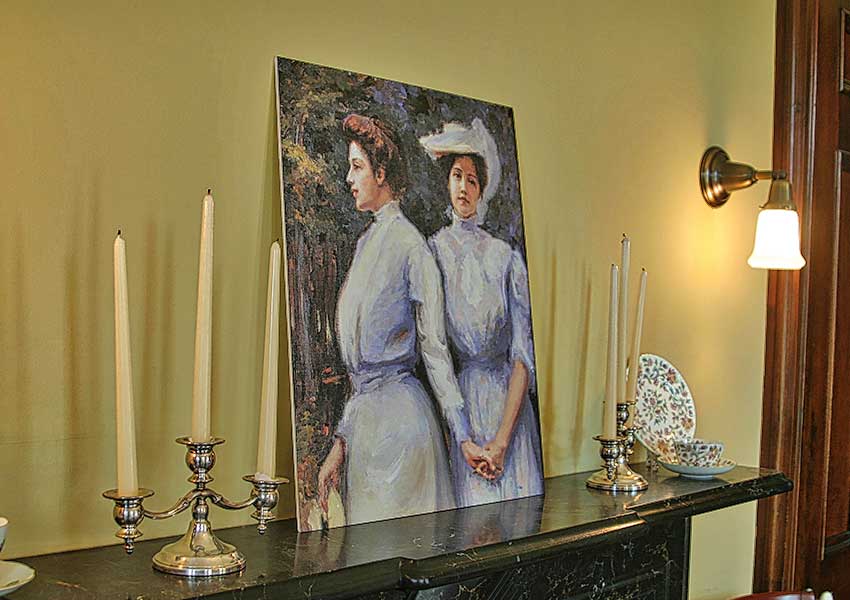

DESCRIPTION
This beautifully restored, fifteen room, impressive Gothic Revival Mansion was built with buff-colored limestone, and a red trim in 1865. It’s estate grounds are the most complete example of the work of architect and master landscape artist, Andrew Jackson Downing.
In the summer of 2007, Tom and I found this impressive, imposing work of art, and were allowed to join a veteran’s group tour, a friendly lot who invited us to join them!
The LeDuc House has all the rooms popular in a Gothic Victorian style building, including a parlor, sitting room, living room, dining room, family room, a glorious library, a sewing area, a roomy kitchen, a huge pantry, servants quarters, plus bedrooms and a sitting area upstairs.
In 2022, Tom and I visited the LeDuc Estate once again, and took the tour, seeing new items and furniture we hadn’t seen before! We enjoyed a video in the parlor that told the history of the family.
In the reception room, there was a picture of George, their loyal servant, and materials about his life with the family.
Displays were added in the carriage house and the servants house. The carriage house showcases some of the historical vehicles used by the family, while the servants house offers new peeks into the lives of those who worked there.
The front yard is large, with some impressive trees, which are very old indeed. Downing as a landscaper understood the needs of trees as they grew older, leaving plenty of room for their root system.
Outside, in the back of the mansion, one finds the original barn-carriage house and an ice house, which for the first time in years was filled with actual blocks of ice harvested from Lake Rebecca in February of 2007. The people of Hastings got together and had fun figuring out the best way to do this. Visitors had the rare opportunity see how ice was stored and used before the era of refrigeration.
The grounds are lovely as well. As General LeDuc was a gentleman farmer when he wasn’t traveling, his apple tree grove, and grape arbor are still there and in great shape.
One can also have a picnic in the picnic area and enjoy a stroll through his wooded area.
Because of the size of the property, special historical events are held here, from fur-trade rendezvous to Civil War encampments come to life with colorful living history characters, and special programs for all ages.
Small weddings and other family events can be held here.
HISTORY
When General William LeDuc, a Civil War quartermaster, and his wife, Mary, moved to Hastings, which was located in the Minnesota territory, they wanted to build a country estate, located on a working gentleman’s farm, but didn’t have the money to hire a private architect to design and build it.
With a budget of 2,000 dollars, they picked up a copy of Andrew Downing’s popular book describing his various designs, which was then a popular way for the upper middle class to have a grand home built on a reasonable budget. Andrew Downing was the “Martha Stewart” of the 19th century, offering plans for homes and gardens which were beautiful and well designed, but wouldn’t cost an arm and a leg!
After Mary selected and modified the design to suit their tastes and family needs, the construction of this Gothic Revival Mansion was started in 1862, in the middle of the Civil War. The estimated cost was $5,000, which was a little more than what was planned, but still doable.
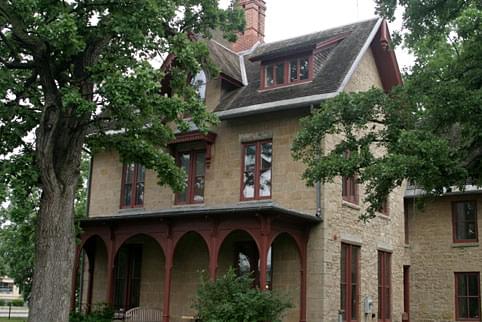 Unfortunately, the LeDucs experienced everyone’s worst budgetary nightmare in dealing with construction projects. After many problems, their dream home was finally finished in 1865, at a final cost of $30,000! YIKES!
Unfortunately, the LeDucs experienced everyone’s worst budgetary nightmare in dealing with construction projects. After many problems, their dream home was finally finished in 1865, at a final cost of $30,000! YIKES!
When General LeDuc became the first Secretary of Agriculture, under the administration of President Rutherford B. Hayes, the family moved to Washington D. C. where they enjoyed the social advancement and educational opportunities for their four children: Mary, Florence, William, and Alice. Both William and Mary found marriage partners among their social circles.
When General LeDuc’s time in public service was over, he moved his family back to Hastings, which was very upsetting to his wife, Mary and Florence and Alice. They deeply missed the advantages of living in Washington D.C., preferring city life to living in the Minnesota territory, which lacked educational and marital opportunities.
General LeDuc became a restless entrepreneur who had many ideas on how to make money. Most of his enterprises weren’t profitable, but one was: his railroad enterprises. Unfortunately, he was cheated out of his portion of the profits by greedy partners.
However, later in his life, when he was in his nineties, the wife of one of his ex-partners gave him what would of been his portion; $100,000 dollars when the partner died.
His wife, Mary and his daughters always supported him and his efforts, and stuck by him, even when funds were low. Because they were always living on a financial roller coaster, they made the best of life living in their fabulous house, raising their own food, enjoying family time together, and being involved in handiwork and home crafts.
Florence and Alice never married because of a lack of suitable young men, probably because they lacked the sizable dowery needed to attract upper class suitors when they were young.
Their servants were local girls who didn’t speak much English. However, after learning enough English from Mary, they would quit and go to Saint Paul to find higher paying jobs and a less demanding mistress. This was very frustrating for Mary. She had high standards for her servants, so though they didn’t appreciate it at the time, they ended up being well-prepared to offer good service to future employers who could pay them more.
The LeDuc’s one loyal servant was an ex-slave, George Daniels, who became friends with General LeDuc during the Civil War. George was a gifted manager and ran the farm for the LeDuc family.
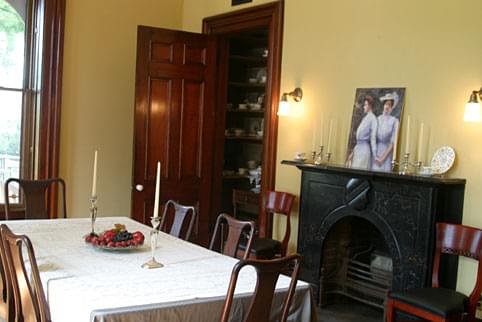 For entertainment and pleasure, the family spent a lot of evenings together, reading, playing games and enjoying music and viewing pictures with one of the earliest slide projectors, which could project a picture on a screen.
For entertainment and pleasure, the family spent a lot of evenings together, reading, playing games and enjoying music and viewing pictures with one of the earliest slide projectors, which could project a picture on a screen.
When money became tight, Florence and Alice started The Hastings Needlepoint Company to earn income, which continued until 1922, when they retired.
In 1904, Mary died at the age of 75. Perhaps this was the beginning spark which ignited the General’ and Alice’s interest in spiritualism, though their interest in contacting spirits may have started years before.
Spiritualism was popular among upper class women in the late 19th century, as it allowed women to become prominent mediums and trance lecturers.
General William LeDuc died in 1917, leaving the house and property to Mary and her family, and Florence and Alice who had their own needlepoint company, as well as their father’s inheritance. Alice bought a house in Minneapolis for the entire family, who continued to enjoy the house in Hastings as their summer home.
The depression hit the LeDuc family hard and in 1941, after struggling through the 1930’s, they sold their beloved summer home estate to a family friend, Carroll Simmons, who loved the place almost as much as they did. He ran his antique shop on the first floor, and lived there as well.
In 1958, Carroll Simmons made arrangements to give the entire estate to the Minneapolis Historical Society, when he retired from business, which happened in 1986.
The MHS planned to open the estate as a museum, but times and regulations and safety standards had changed. The house and grounds stood vacant for twenty years, while work continued to bring the house up to code and safety standards, renovated and restored to its former glory. The Estate finally opened as a museum in 2005.
HISTORY OF MANIFESTATIONS
Places where spiritualism has been practiced using seances to conjure up spirits, often have open portals, making it easy for spirits to visit.
Hill-Stead House, CT (When Theodate Pope Riddle was alive, she was fascinated by the art of spirit communication. She invited parapsychologist William James, and his brother, Henry, to Hill-Stead several times as guests. She also invited mediums to come to Hill-Stead, and lead seances).
Hammond Castle, MA (Both Jack and Irene Hammond, a psychic, were fascinated with the paranormal and set the table for today’s paranormal investigation groups. He conducted scientific experiments, funded by the Parapsychology Foundation in 1950-1951, using an electrified Faraday cage with psychic Eileen Garrett inside).
The White House, Washington D.C. (Mrs. Lincoln held seances here, hoping to make contact with her dead sons. This opened a portal, allowing former spectral residents to visit whenever they felt the need to do so).
LeDuc Historic House Museum, MN (The LeDuc family dabbled in spiritualism, especially General William Gates LeDuc and his daughter, Alice, who were heavily involved in its practices. Perhaps they opened a door into the spiritual world).
Spirits of family members who enjoyed close relationships in life and have good memories of their family’s forever home, sometimes choose to stay together, and spend their afterlives there.
Stranahan House Museum, FL (The spirits of the Stranahan family have stayed together in their favorite place in Florida).
Linden Bed and Breakfast, MS (A family’s forever home in life, has become their favorite place in the afterlife).
Hartford Twain House Museum, CT (The spirits of Mark Twain and his whole entourage enjoy their home once more. it was once taken away by unhappy events).
LeDuc Historic House Museum, MN (The family was really close in life and loved their home. They had many fond memories of living and growing in this special place in their lives).
People who fall in love with a place, whether it’s a house, hotel or mansion, often return to spend their afterlives there.
Eldridge Hotel, KS (Col. Shalor Eldridge was the force and money behind the rebuilding of the town’s Free State Hotel each time it was burned down by pro-slavery forces, adding another floor each time! It is understandable why he likes to be there in spirit form, and tries to help the staff when he can).
The Pink House, GA (The spirit of James Habersham Jr. was a merchant in life, and is very pleased with the commercial enterprise set up in his forever home. He enthusiastically supports this restaurant, showing his support in several ways).
The Joseph Lybrandt Forepaugh Mansion, MN (The spirit of Joseph as well as the spirit of his beloved Molly, loved it when his home was a restaurant and a venue for special events. They see themselves as the spectral host and hostess).
LeDuc Historic House Museum, MN (Carroll Simmons loved the mansion and property and set up his antique shop on the first floor. He made sure that the mansion and estate would pass into caring hands who would invest the money and time to keep the place up to snuff in its original glory and share it with the public in the form of a museum. After moving out in 1986, perhaps he missed the mansion so much that he decided to return as a spirit).
MANIFESTATIONS
The spirits who reside here are pleased that their beloved home has been restored, with many of their former possessions inside. They don’t mind sharing their home with the living.
Long History of Spirit People
In the 1950s, the LeDuc Mansion was reported as being haunted by several spirits.
Mr. Simmons added to that belief by keeping the mansion dark and spooky.
Staff today feel that they have friendly unseen hosts who keep the living company, and go about their business as well.
The Spirit of General William LeDuc
It is strongly suspected that the spirit of General LeDuc, who was a restless man in life, is now a restless spirit, puttering around his beloved home.
His footsteps, and his rustling of papers, have probably been heard by staff.
He may enjoy tagging along with the docents, or keep them company as they perform their duties.
The staff have seen his apparition walking around from room to room.
The Spirit of his Daughter
The spirit person of his devoted, youngest daughter, Alice, is thought to have stayed behind to be his companion, as they enjoy their afterlives here.
Her unseen presence is probably felt by sensitive people as she likes to be in her room and with her spectral father.
The Spirit of Carroll Simmons
It is also thought that the spirit person of Carroll Simmons resides here as well.
He may enjoy looking at all the antiques on display.
He may prefer being on the first floor, where he had his store.
The Wife of General William LeDuc
The spirit of Mary is still the loving soul she was when alive.
She takes care of her spectral family and also lovingly supports the docents.
She has gently touched the back of the neck of the manager.
Signs of Spectral Residents
Doors have been known to open and close by themselves, sometimes slamming.
Cold spots and cool winds have been felt.
Objects are sometimes moved around a room by a spirit who feels they look better in this or that new spot.
Disembodied voices may have been heard.
Footsteps have been heard all over the house.
PARANORMAL FINDINGS
The staff have had many personal experiences and visual sightings, convincing them that the spirits of the LeDuc family and the spirit of Carroll Simmons are keeping them company.
STILL HAUNTED?
Most Probably So.
Nothing has been done to drive them out as they are friendly entities who are benign and cordial, who still have the run of their beloved home when the museum closes. They are accepted as good unseen company, and part of the museum.
LOCATION
1629 Vermillion Street
Hastings, MN 55033
(651) 437-7055
Open:- June 16 through October 28, Friday & Saturday 10 am to 4 pm, Sunday 1 pm to 4 pm
Tours start at 10 am, 11:30 am, 1 pm, 2:30 pm, and 4 pm
The LeDuc Historic Estate can be found in the Minnesota town of Hastings, on Vermillion Street, between E. 16th and East 17th, on most of its original acreage.
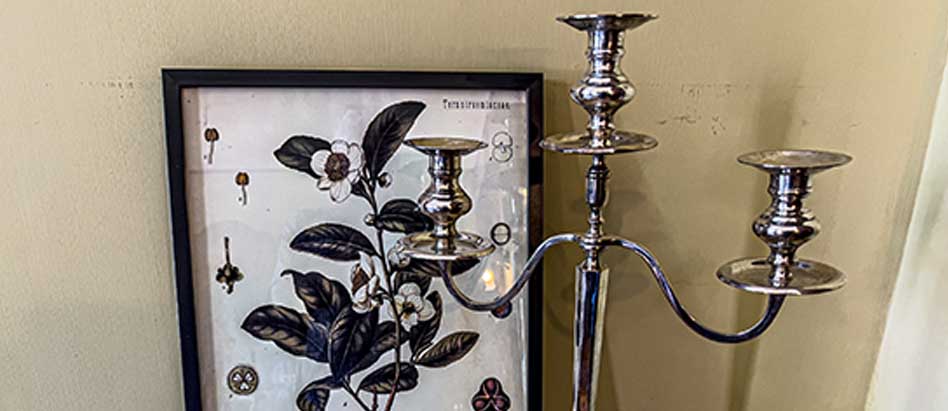
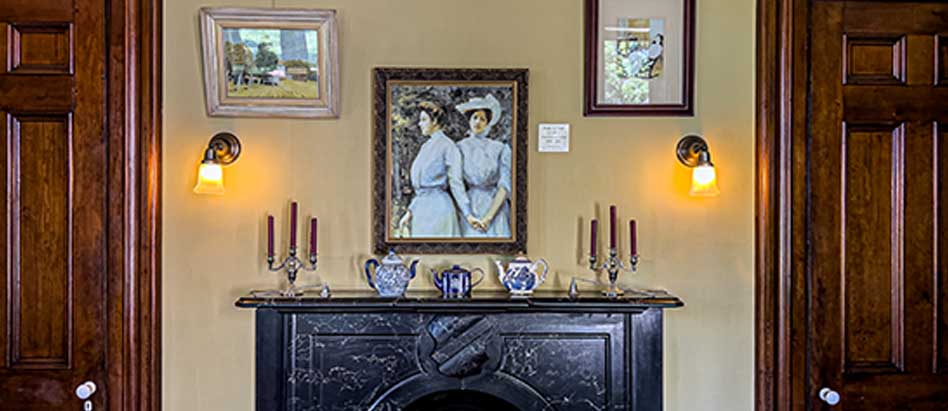
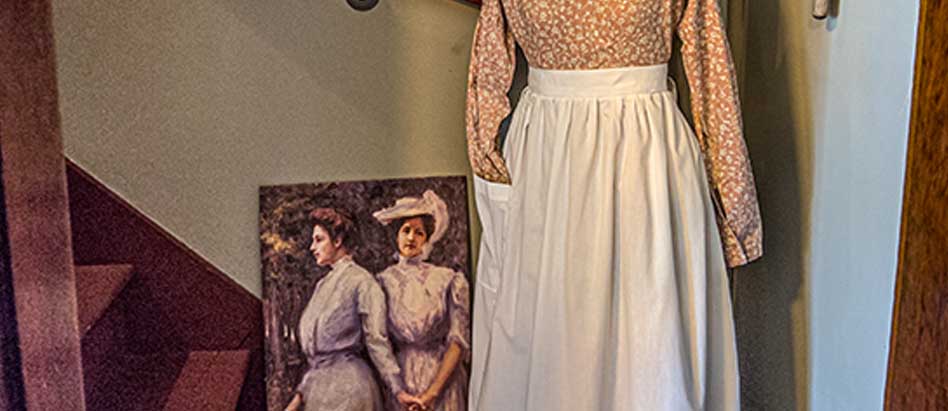
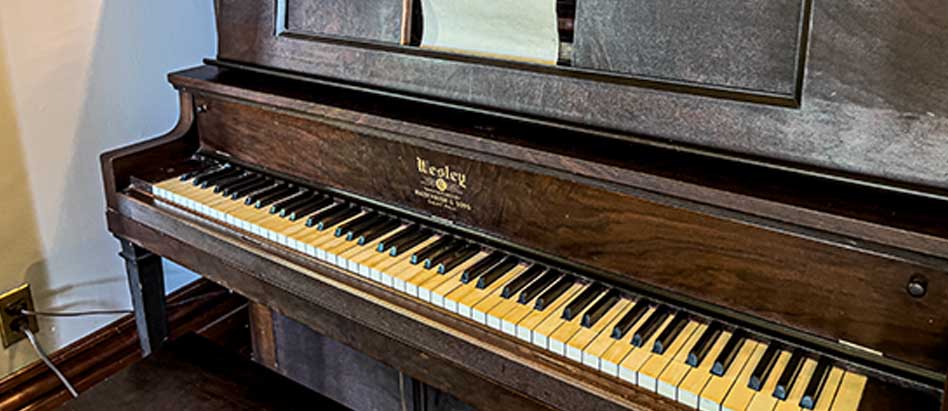
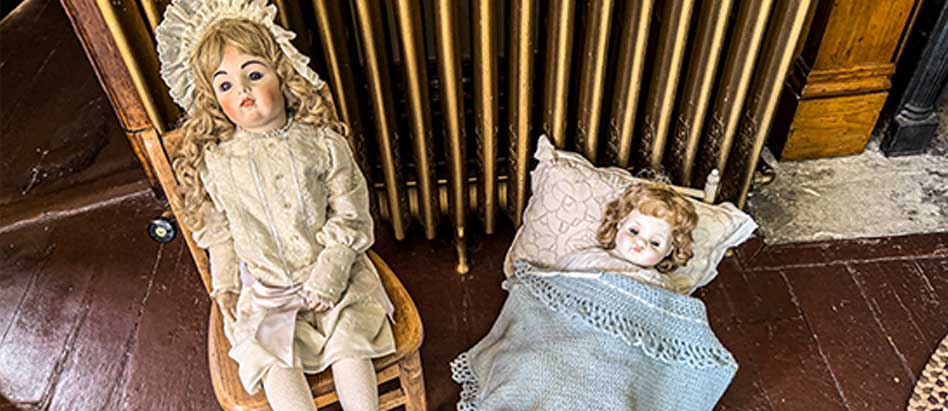

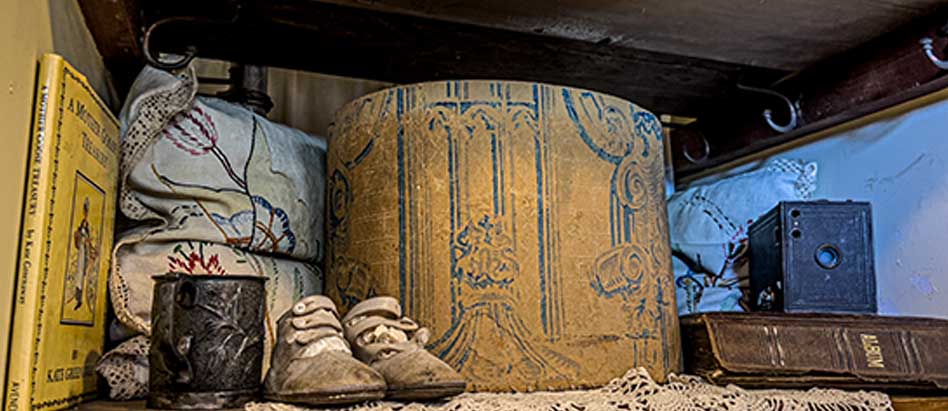
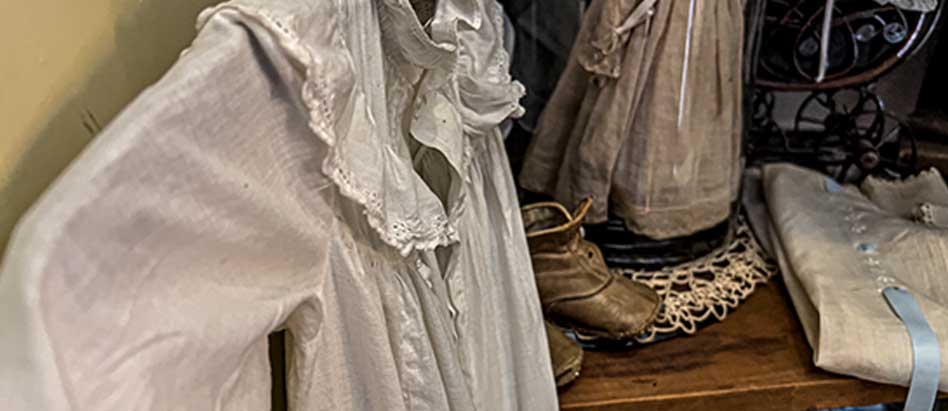
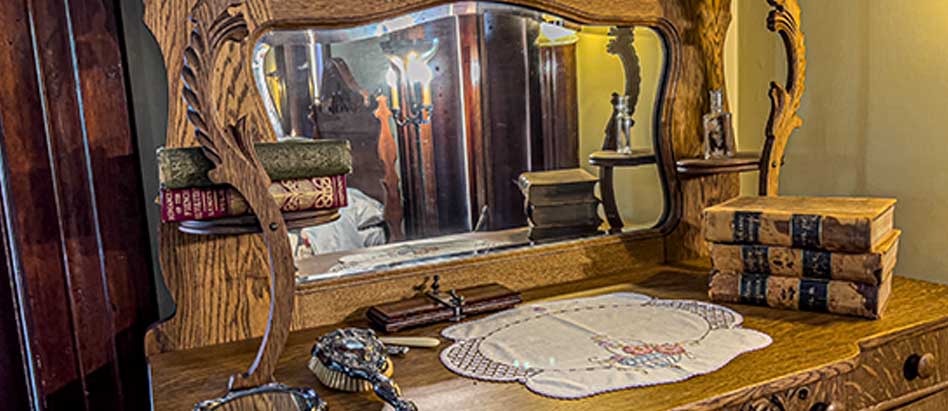


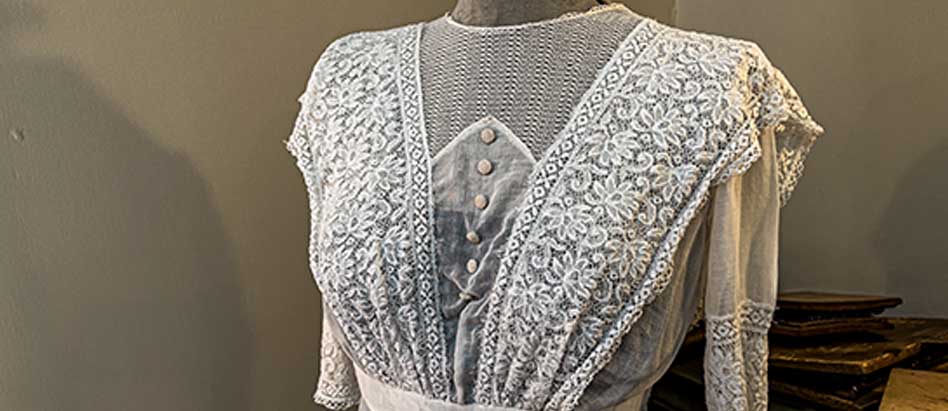
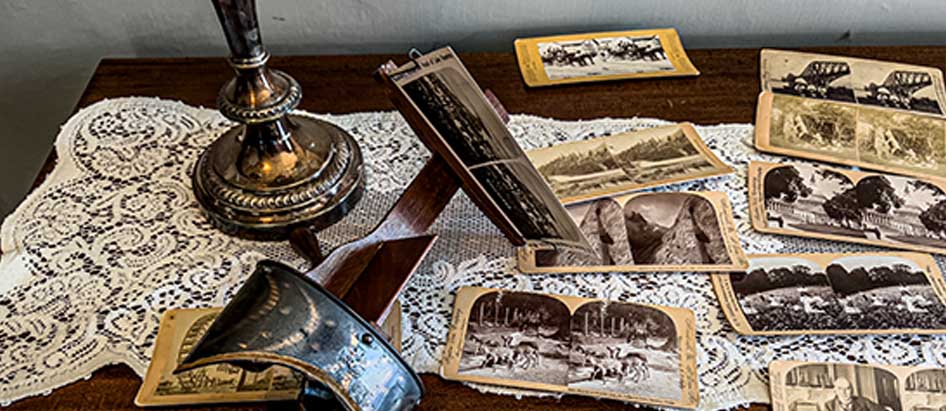
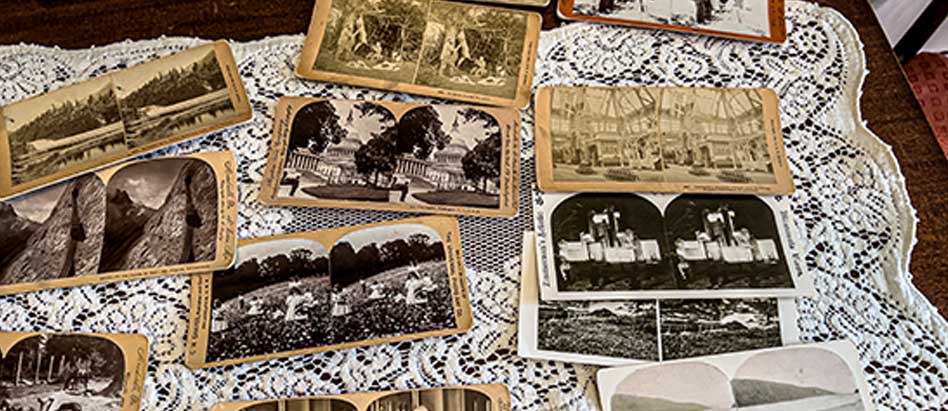
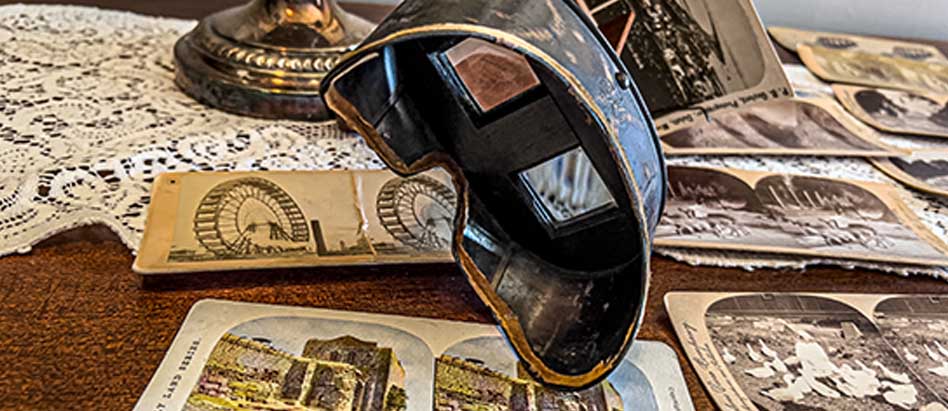
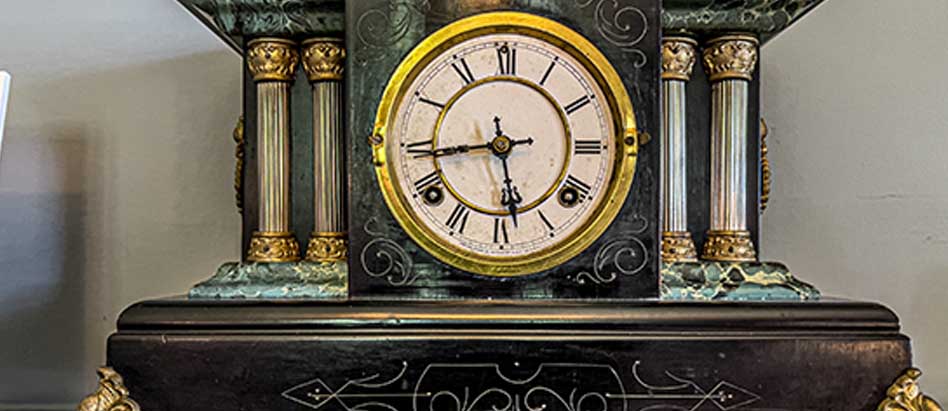
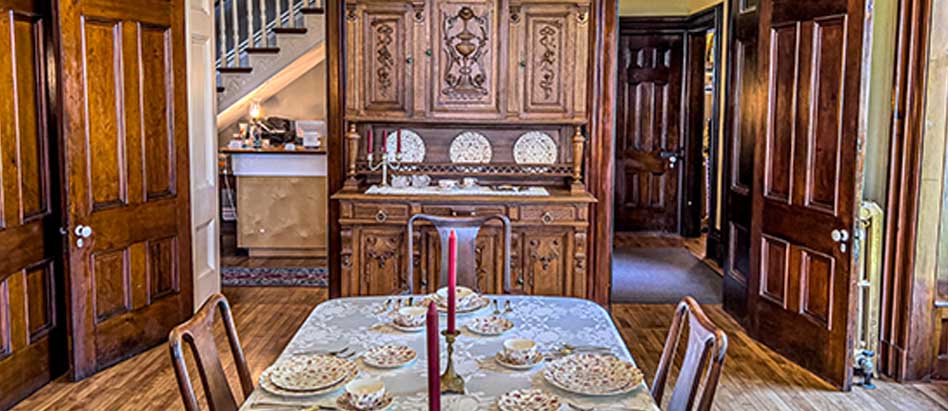

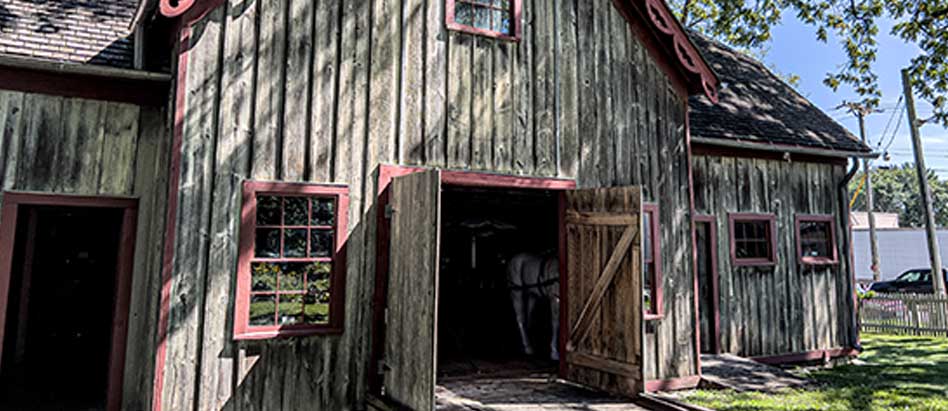
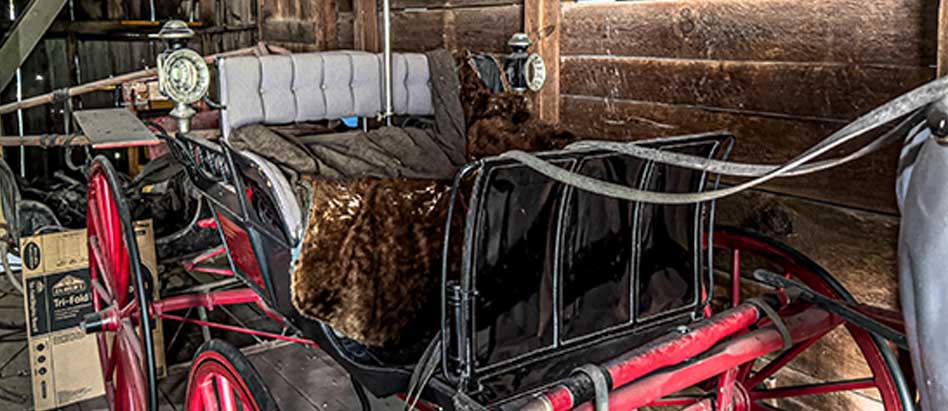
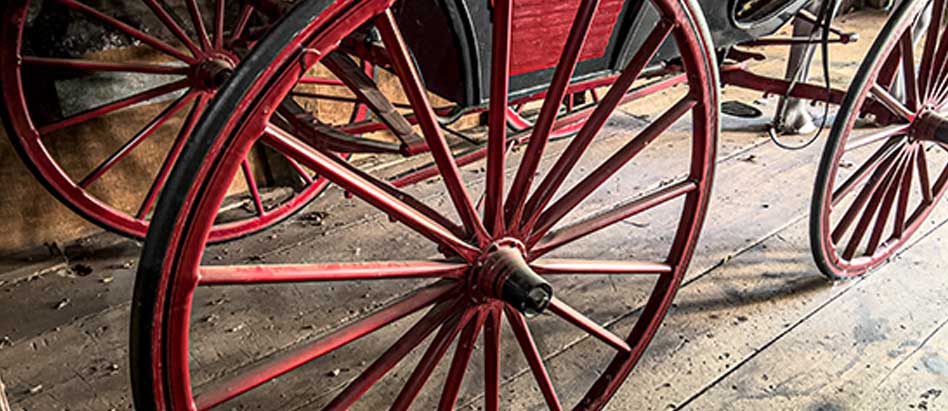
SOURCES INCLUDE
- https://www.youtube.com/watch?app=desktop&v=7p5NKJ2oYyk
- dakotahistory.org/LeDuc/gallery.asp
- wikipedia.org/wiki/Spiritualism
- LeDuc Historic Estate brochure * LeDuc Historic Tour,
The Minnesota Road Guide to Haunted Locations, By Chad Lewis & Terry Fisk – 2005
Our Haunted Paranormal Stories are Written by Julie Carr
Our Photos are copyrighted by Tom Carr
Visit the memorable… Milwaukee Haunted Hotel
VIDEOS TO WATCH:
Hanyac The Incredible Presents LeDuc Mansion
LeDuc Mansion Episode
Leduc Mansion: St. Croix Paranormal
Happy Spirits at the LeDuc Historic Estate






